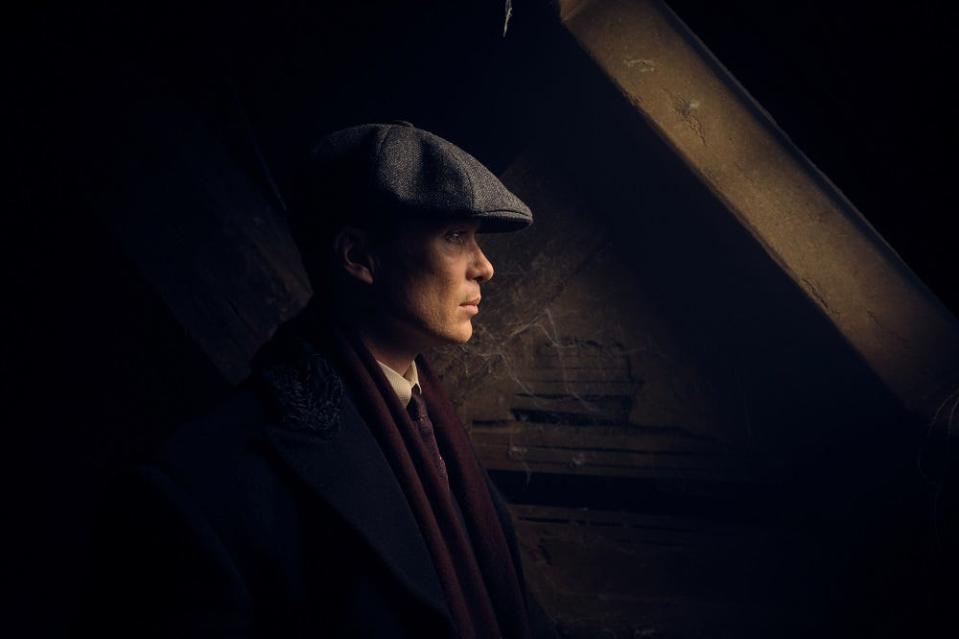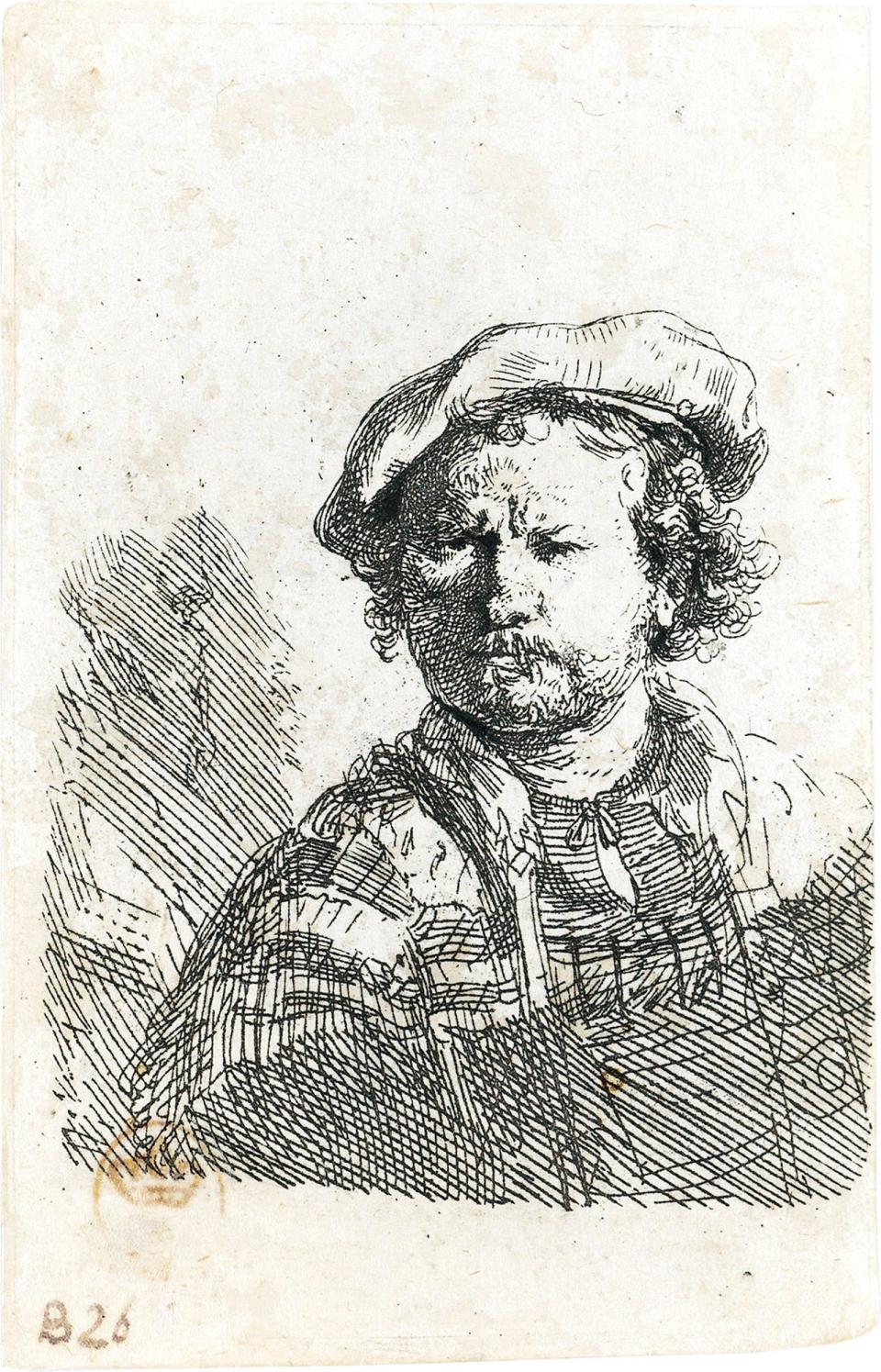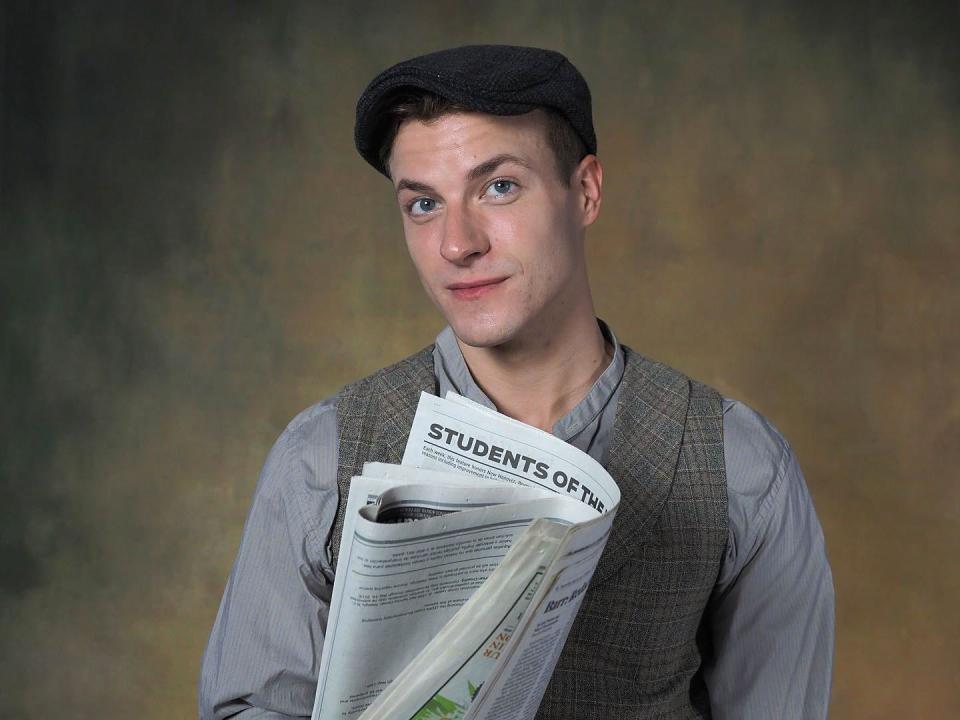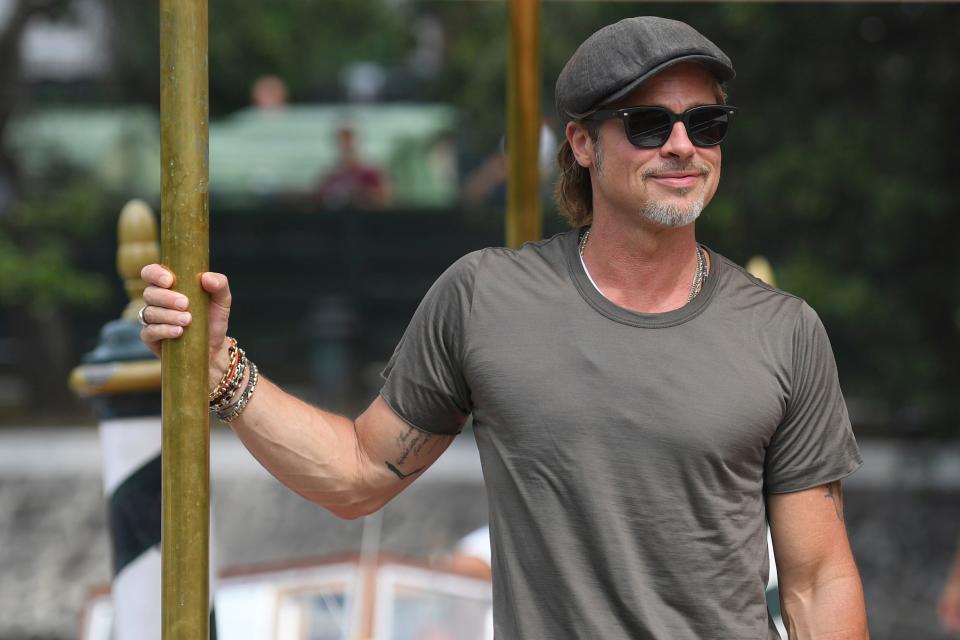On Labor Day, a salute to the hats that defined a generation of workers
Hats off to the workers!
Ah, but what kind of hat? This Labor Day, Sept. 5, as we salute the working men and women of the United States, remember their contributions. Not just to textile weaving and auto assembly, but to your wardrobe.
The worker's cap, or flat cap, or "newsboy" cap, is a timeless men's fashion accessory.
Guys of every age, of every class, from every country, wear the jaunty thing. It's always in style. In England, it's known as the peaked cap. "Peaky Blinders," the hit Netflix show about Birmingham gangs in the 1920s — it was the name of a real criminal gang — is a reference to the hat that nearly all the male characters wear. The hats conceal razor blades.
"I can't think of a working member of my family that didn't wear one," said Evelyn Hershey, education director of the American Labor Museum in Haledon, which is co-sponsoring the town's annual Labor Day Parade. On 1 p.m. Sunday Sept. 4, the event kicks off off at the museum's headquarters: Botto House, 83 Norwood St., nerve center of the 1913 Paterson Silk Strike.
"The newsboy caps are iconic," Hershey said. "They speak to the rolled-up sleeves and hard work of workers organizing their unions and going to work in their workplace."
Today, we are a hat-optional society. More often than not, we go without. But back in the day, everyone wore hats. And which hat you wore was an important class signifier.
More:This Labor Day, it's a new day for organized labor in the United States
Laborers wore a newsboy cap. Middle-class men, office workers, wore a derby. A bowler, it was called in England.
Upper-class men wore a silk top hat. It was the badge of the aristocrat. Hats were a code, telling you immediately whether the person you were addressing was to be sucked up to, or stepped on.

"Certain clothes act as uniforms," said Laura Di Summa, who teaches courses in philosophy and fashion at William Paterson University in Wayne.
"Hats used to have that kind of significance," she said. "They're a sign, the first thing you see. It's almost like having something tattooed on your forehead."
Here's your hat, what's your hurry
The origins of the flat cap are obscure. They may go back to the "Tudor bonnet," popular in 16th century England and elsewhere. There is a 1642 self-portrait of Rembrandt, wearing one. But they first began to attract special notice on the New York streets in the 1840s.

"The New York news-boy always puts his cap on the back of his neck, and pulls all his hair over his eyes," wrote Mortimer Q. Thomson, a journalist, in 1855.
The cocky newsboys of the penny press were a new tribe, then. And what everybody noticed first was the hats. "Caps perched on the extreme supporting point of their head," as Thomson described them.

The flat caps, worn jauntily at an angle, spoke to a certain brashness and insouciance. In a word: attitude.
That's been part of the appeal of The Cap, ever since.
"The newsboy was a symbol of the working class, of entrepreneurship and go get 'em attitude," said Vincent DiGirolamo, associate professor of history at Baruch College, and author of "Crying the News: A History of America's Newsboys."
"There were a lot of them," he said. "Every city has newspapers. By the 1840s, they were a recognizable urban type."
By the 1840s and '50s, "genre" paintings of newsboys, bootblacks, peddlers and other denizens of the lower depths began to feature the distinctive hats. But even then, DiGirolamo said, they were only one among several types. "You'd see a variety," DiGirolamo said. "Newsboy caps, cowboy hats, sailor hats."
A striking look
The real tipping point seems to have been the 1889 London dock strike — a monumental event that involved 100,000 dock workers and led to the establishment of The Dock, Wharf, Riverside and General Labourers' Union. With this strike, The Cap became an emblem, not just of proletarian style, but of proletarian solidarity as well.
"In crowd shots you can see hundreds of them," DiGirolamo said. "The memo went out."
Workers had become class conscious. They were unionizing. They were reading Marx. Somehow, an unspoken order had been given: this is how workers dress.
The "silent adoption by masses of Britain's industrial workers, some time between 1880 and 1905, of a form of headgear recognizable as a badge belonging to their class, the familiar peaked cap" — as historian David Blackbourn put it — soon went international.
In 1917, Vladimir Ilyich Lenin was photographed wearing a homburg. It was the hat favored by Britain’s King Edward VII.
But later that same year — the year of the Russian Revolution — he was seen ostentatiously switching to a newsboy cap. Lenin was sending a signal, letting the world know that he was abandoning his upper-class origins entirely, to take his stand with the workers.
"He was making a grand political statement," said Mary Bays, who teaches fashion design and fashion history at Bergen Community College in Paramus. "And if you think about it, it just kind of shows how the hat transcends culture."
This was an age of immigration and travel. As workers emigrated from country to country, they took The Cap with them.
"It's a comfortable cap that everyone could wear, Italian workers, Irish workers," Di Summa said.
Part of The Cap's appeal is that it was the exact opposite of its hated nemesis, The Top Hat.
It was flat rather than high. Wool rather than silk. Functional, rather than ornamental. "They're cheap, they're warm, they can protect you from the rain," DiGirolamo said.
Top hats were an indulgence of the rich (think of the little top-hatted guy on the "Monopoly" board). It was common, in those days, to say that something or someone was "high hat." It meant "snooty." That's where the doo-hickey on the drum kit got its name.

"Rich men were called capitalists," reads a child's "socialist" textbook of the future, in George Orwell's satirical novel "Nineteen Eighty-Four."
"They were fat ugly men with wicked faces," the text reads. And they wore "a queer, shiny hat shaped like a stovepipe, which was called a top hat...When any ordinary person spoke to a capitalist he had to cringe and bow to him, and take off his cap."
A flat cap, needless to say.
More:At long last, the musical 'Dead End' has opened -- as a streamable concept album
More:For fugitives from slavery, a welcoming light in Paterson
In Paterson, whose silk mills furnished the material from which many a top hat was made, one can only imagine how those hats — like silk dresses and other luxuries of the rich — were resented.
"Elizabeth Gurley Flynn was an organizer during the 1913 silk strike," Hershey said. "And she would ask the children, did their mothers have dresses made of the same fine silk their mothers made? And all of those children answered no."
The rise of the cap
By the 1930s and '40s, America had become more democratic. The silk top hat had been relegated to presidential inaugurations and Fred Astaire movies. And even Astaire got away with it only because it was clear he was getting dressed up to get messed up. "I'll be there," he sang. "Puttin' down my top hat, Mussin' up my white tie, Dancin' in my tails."
Meanwhile, the newsboy cap conquered the world.
In 1940, a popular children's picture book, "Caps for Sale" by Esphyr Slobodkina, had for its hero a cap vendor.
This mustachioed salesman walks around the countryside with a gigantic stack of newsboy caps balanced on his head: red ones, yellow ones, gray ones, blue ones, checked ones. Only it turns out — alas — that monkeys like newsboy caps, too. “You monkeys, you,” he says, after the mischievous creatures take off with his stock. "You give me back my caps."
In 1957, cartoonist Reg Smythe created a new character for the British newspaper The Mirror. He was the archetypal working-class bloke: fond of racing, darts, snooker, a pint in the pub. His trademark was his hat — a newsboy cap pulled down over his eyes. He was called Andy Capp.
"I think it's a visual shorthand," DiGirolamo said. "It identifies him as a member of the working class, proletarian, a little rough and coarse."
But you didn't need to look for The Cap in comic strips and children's books. Just look on every second or third head.
"My grandfather wore one," DiGirolamo said. "He was a Sicilian fisherman He would wear the cap as a uniform. He called it a Capo Vecchio. 'Old cap.' When I was in Sicily I wanted to get a cap like my grandfather had, and my aunt said, 'Why do you want that for? It's an old man's hat.' She thought it was strange that a young guy would want one."
In Sicily, that kind of cap is also known as a coppola, or a berretto. And these days, it's as popular as ever — and not just in Sicily.
Like justice for the working classes, it's worn well.
"It's a classic look, a classic silhouette," Bays said. "And it definitely has a bit of attitude."
This article originally appeared on NorthJersey.com: On Labor Day, a look at the history of the worker's cap

